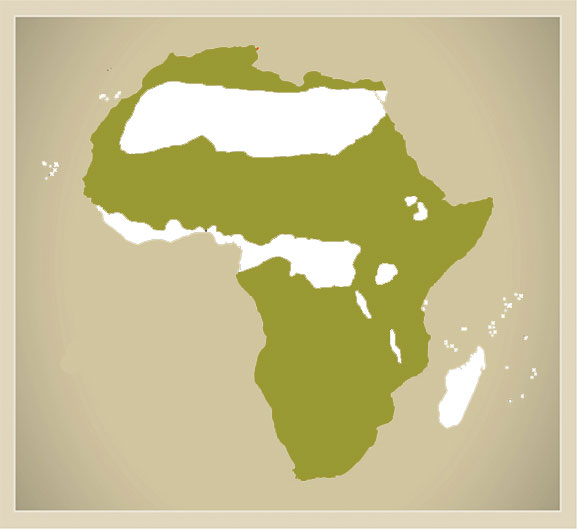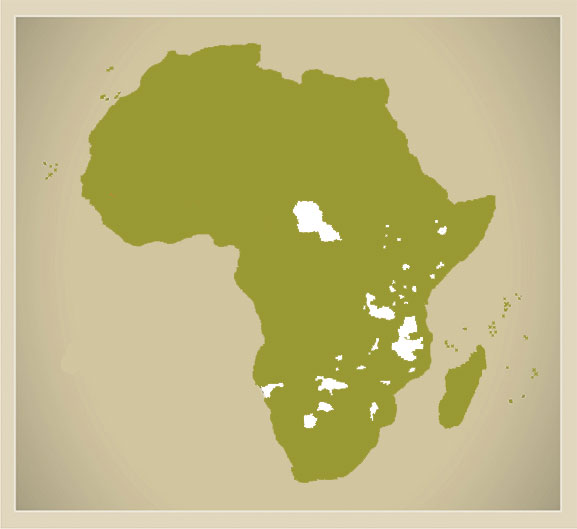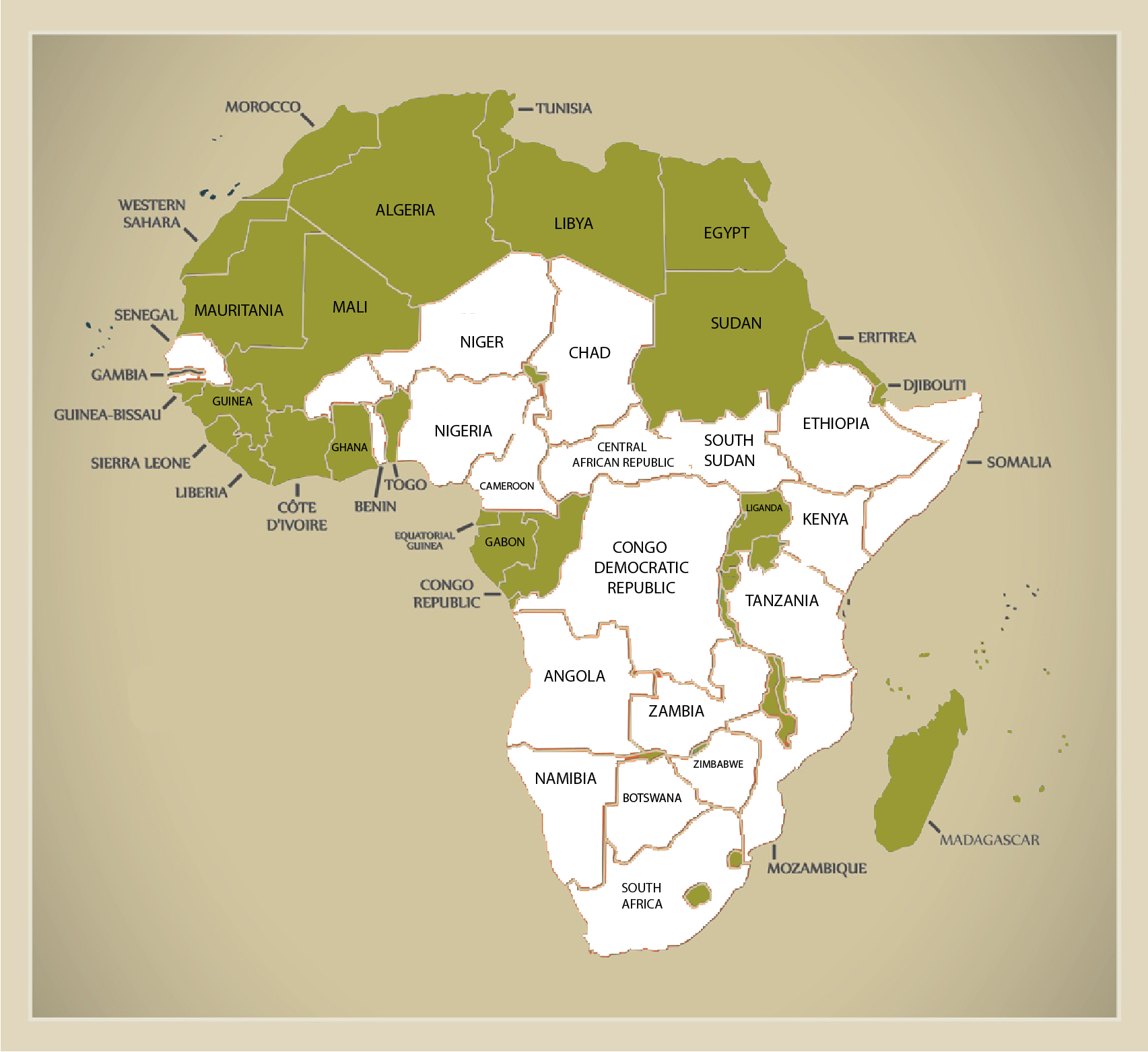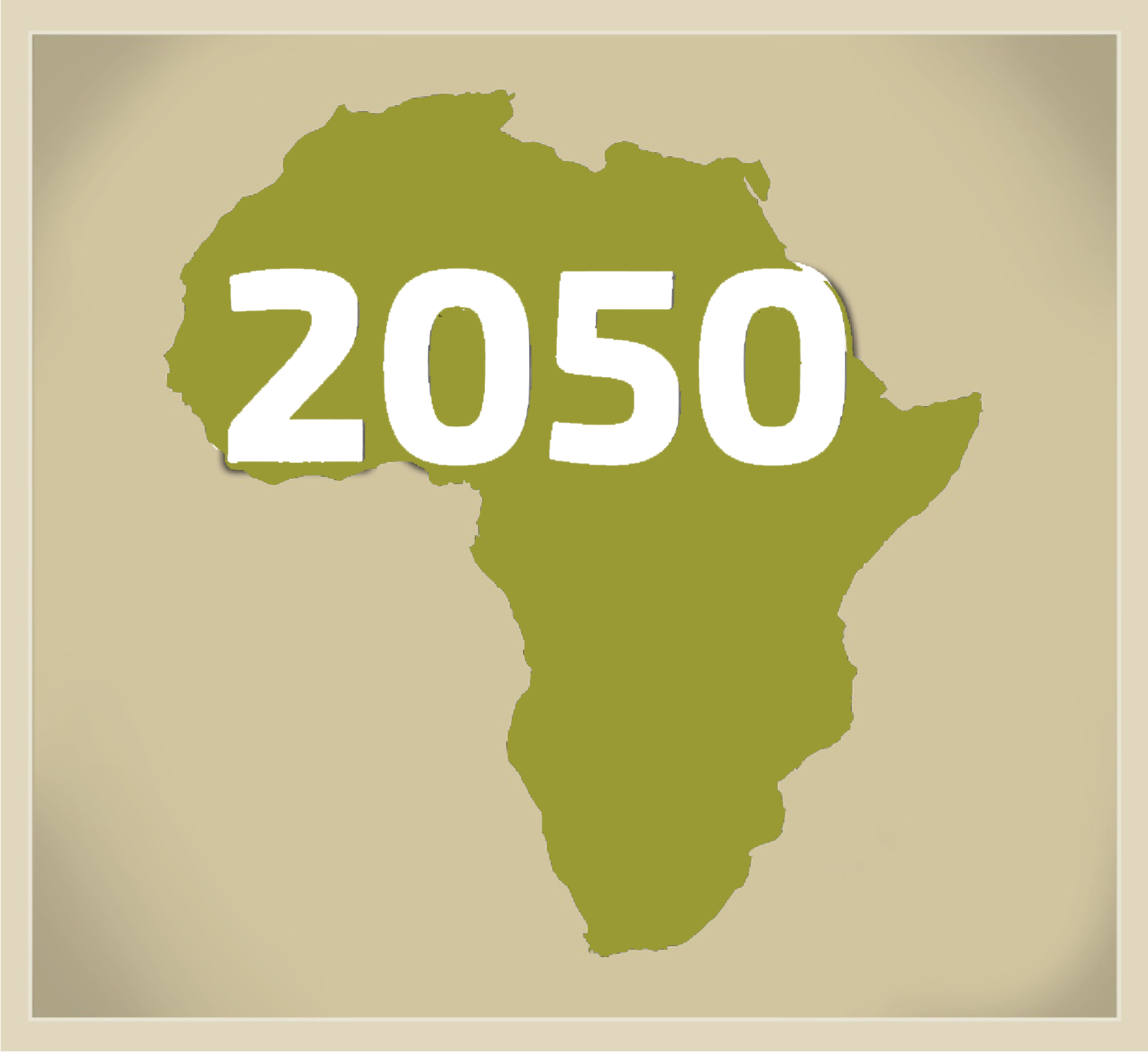STATUS OF LIONS
Understanding the plight of lions can be complicated and contentious. Here is a helpful summary that will arm you with key knowledge so that you can inform others about the devastating reality lions are facing today.
Estimated number of lions remaining in the wild in Africa
Estimated number of wild lions in South Africa
Estimated number of lions living in captivity in South Africa
Number of countries where lions once existed but are now extinct
The number of lion skeletons legally exported from South Africa in 2017 for use in traditional medicine in the Far East
The year scientists predict the total extinction of wild lions if drastic changes are not made
Wild Lions vs Wild Managed Lion vs Captive Lion
Understanding the plight of lions can be complicated and contentious. Here is a helpful summary that will arm you with key knowledge so that you can inform others about the devastating reality lions are facing today.
- A wild lion is a lion that lives in an area with absolutely no human intervention. This means it is free-roaming, hunts its own food and regulates its own populations. If a wild lion is injured or sick it will most likely die a natural death. Examples of these are the lions in parks such the Kgalagadi Transfrontier Park, Kruger National Park, Great Limpopo Transfrontier Park, Etosha National Park, Tsavo National Park Moremi and Chobe National Parks. These are true wilderness areas with large tracts of land and few fences restricting movement of animals.
- A wild managed lion is a lion that is born in the wild however in an environment that has limited space e.g. a game reserve that is fenced. Due to the boundaries of this environment the populations of the animals are managed and controlled. Although these lions live similar lives to wild lions in terms of hunting their own prey, they are subject to human intervention such as: veterinary care if they are ill, contraception if populations get too big for the area, relocations and even euthanasia. These animals are often collared so that park management is aware of their whereabouts and their wellbeing, and so scientific research can be carried out.
- Captive-bred lions are lions born in captivity, often under conditions that encourage frequent breeding of lionesses. All the needs of these lions are supposed to be met by humans i.e. they should receive all their food and water from humans as well as their behavioural and veterinary needs. The notion that captive-bred lions are important for “maintaining and increasing wild lion populations” is one of the biggest deceptions told by both hunting farm owners and government. It is rare, if not unheard of, for captive‑bred lions to be successfully released into the wild. A successful release means that the released lions fend for themselves, but more importantly generate offspring.
THE STATUS OF LIONS TODAY
- There are an estimated 2,300 wild lions remaining in South Africa. South Africa is one of only seven countries where there are thought to be stable lion populations. Lions have been classified by the IUCN (International Union for Conservation of Nature) as vulnerable, however in recent years there have been many scientists and biologists who argue that the panthera leo should be considered “endangered”.

HOW DID THIS HAPPEN?
Loss of habitat is the single biggest threat to wild lion populations. Over the past 100 years lions have lost 90% of their former range.
Habitat Loss
Lion prides require large swathes of land to hunt and to live naturally. Young males roam vast distances in order to seek out other lion prides which maintains genetic diversity within lion populations. Urban and agricultural development has been applauded as humanity’s greatest achievement in the last 100 years. However this unbridled manipulation of the earth’s spaces and the exponential increase in human population has meant the ultimate annihilation of the habitat of our planet’s wildlife.


Retaliatory Killing
As human populations expand, so free-roaming space for wildlife decreases. Even protected areas such as national parks lack proper boundaries – fencing is expensive and requires constant maintenance. These two challenges result in wild animals, often lions and elephants, roaming through villages killing livestock and destroying the crops of people who are often very poor and depend on subsistence farming. This causes conflict to arise between wildlife and their human neighbours. These villagers, who often live hand-to-mouth every day, sometimes retaliate when one of their valuable goats or cattle is killed by a lion. When a retaliatory or retribution killing takes place, another economic avenue opens up if the villager finds a buyer for the animal’s fur and skeleton.
Pre-Emptive Killing
A pre-emptive killing is when a human living in close proximity to lions kills them via trapping, poisoning or spearing. This may occur even though the lions may not have killed any livestock. The mentality is that if the lion is dead it won’t get the opportunity to kill any livestock.
Illegal Bush Meat Trade
Another cause for declining lion populations is the illegal bush meat trade. As the space between human settlement and wild animals is further squeezed, rural communities set snares and traps to capture smaller animals for food and for trade. Lions and humans are now essentially competing for food. When communities are killing prey species for trade, lion pride numbers get smaller and smaller as they battle to find adequate food sources. Notably, in areas where lions’ prey species are depleted, there are higher incidences of lions attacking livestock, and even humans.
This devastating cycle goes hand-in-glove with the underlying issue of habitat loss.


HUMAN GREED AND THE ECONOMICS OF LIONS
CAPTIVE BRED LIONS
Humans have devised a strategy to make money off every single part of a captive lion’s life. It all begins with breeding cubs and often ends in a canned hunt.

Effects of overbreeding can result in:
- Lionesses that become exhausted and ill as they are forced to breed over and over again with no recovery time in between.
- Lack of genetic variety resulting over time in lions developing major health issues and genetic anomalies such as dew claws on hind legs, three-chambered hearts, malformed respiratory systems, digestion problems, head tilts, squint eyes and malformed bodies.
- Lack of proper nutritional and veterinary care (simply too many cubs to look after properly).
- Externalising costs by outsourcing surplus cubs to cub-petting facilities that market lion cubs to tourists.



A few decades ago trophy hunting was an elite, expensive and time-consuming experience. In this bygone era of hunting a serious hunter would spend weeks in the bush with a tracker to shoot a wild lion, and likely a number of other species too. If the hunter did not succeed within the amount of time he had paid for he would go home empty-handed. This manner of hunting was more ethical in that the lion had a fair chance of escaping its fate, and success also depended on patience and being a very experienced hunter. It is also worth noting that trophy hunting is only a real threat to lion populations if the quota is raised too high and younger males in their breeding prime become targets. This is notably the case in many of the African countries that still allow lion hunting.
Canned hunting can take on many forms, but a common thread in all forms of canned hunting is that there is no chance for the lion to evade the hunter. In other words there is no fair chase, which is the ethical principle that wild lion trophy hunters adhere to. It doesn’t really matter how big or small the area that the hunt takes place in because ultimately the trophy is guaranteed. In some instances the hunter can even pre-select the lion he wants to shoot from a catalogue found on the hunting outfitters’ website or sent via email. Depending on the facility and the price of the lion to be ‘hunted’, the safari outfitter might put on a show and spin a tale about tracking the targeted lion to make the hunting myth that he is selling more authentic… meanwhile he knows full well where the target animal is.
In order for a captive-bred lion to be hunted in a larger area, the lion needs to be tranquilised by a qualified vet to be moved from its dwelling. The anesthetized lion is then placed in the hunting camp to recover however sometimes the lions is shot before regaining full consciousness. Occasionally lions are baited with carcasses to keep them off the perimeter fences and sometimes they are simply shot on the fence line. It all depends on how much money has exchanged hands and how much of a show is needed to convince the client that they are shooting a relatively wild lion. Other times the lion is merely shot in a small enclosure if the hunter is not too perturbed about it.
Many hunting organisations will argue that they ‘re-wild’ the captive lions over a period of a few days to a few months and therefore the lion is no longer ‘canned’ but deemed a ‘captive-bred hunt’. All these arguments are put in place to create confusion and diversion from the point that a lion does not stand a chance of evading the hunter. By virtue of the fact that its movement has been restricted by fences, baiting or drugs, the hunt is ‘canned.’

Around this time there was an upsurge in exporting of lion bone from South Africa as farmers realized they could dig up old lion skeletons and export them to legally to People’s Republic of Laos, Thailand, Vietnam and China. With the expansion of the upper class in South East Asia and China, one can now find wealthy socialites offering lion bone wine and lion bone cake at social events.
Finally at the 2008 CITES a motion was passed for phasing out and banning the use of tiger bones for traditional medicine in the east. With the supply of tiger bones cut off, attention turned towards lions to meet the demand. Owners of hunting lodges began digging up old skeletons when they learned they could legally export the bones and make a lot of money doing it. In 2017 the South African government allowed the export of 800 lion skeletons to Asia
CONTACTS
ADDRESS: P.O. Box 1017, Derdepark, Pretoria South Africa, 0035
© The Kevin Richardson Foundation NPC 2004/015375/08
NEWS LETTER

